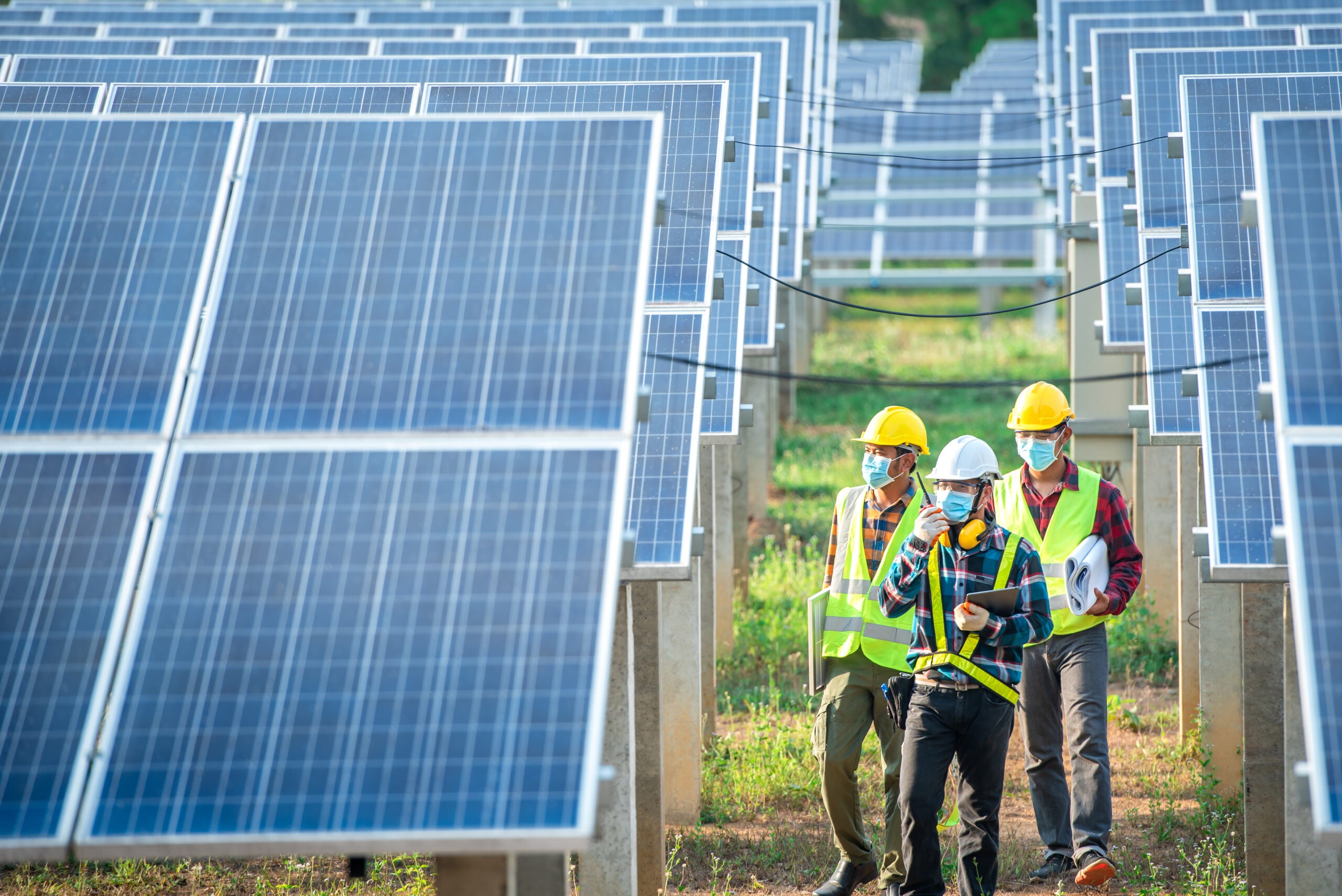Government funding for clean energy in response to the Covid-19 crisis has increased by 50% since October 2021 to $710bn globally, although there are big regional discrepancies, according to the latest edition of the International Energy Agency’s (IEA) Sustainable Recovery Tracker, updated on 12 April 2022.

Advanced economies make up most of these pledges, with more than $370bn of public funds intended to be spent on clean energy (including nuclear) prior to the end of 2023. The US is the greatest contributor, followed by Italy, Germany and France.
Across emerging and developing countries, the total amount of resources earmarked for a sustainable energy recovery is just 10% of that of advanced economies, which the IEA points out reflects their very different financial and economic circumstances. This is unlikely to change soon given the food and fuel affordability challenges that have emerged following the Russian invasion of Ukraine, it adds.
Food and fuel affordability support by governments around the world is currently around $270bn, but measures that are effective in reducing fossil fuel demand – such as heat pumps or public transport expansion – have not yet received the level of government support required, according to the IEA’s tracker.
Public spending on sustainable energy still makes up a small fraction of governments’ overall Covid-19 recovery funding ($18.2trn), the IEA finds. Yet it estimates too that government spend on clean energy before 2023 could support more than $1.6trn of sustainable investments if the private sector became more involved.
The IEA tracker analyses and publishes more than 1,000 national policies that aim to leverage the clean energy transition to mitigate the pandemic’s economic impact. It was first released in July 2021 and updated in April 2022, following the G20 leaders’ request at their conference in Rome in November 2021 for it to be updated regularly.



